Y Filltir Sgwâr/The Square Mile: Scattered History
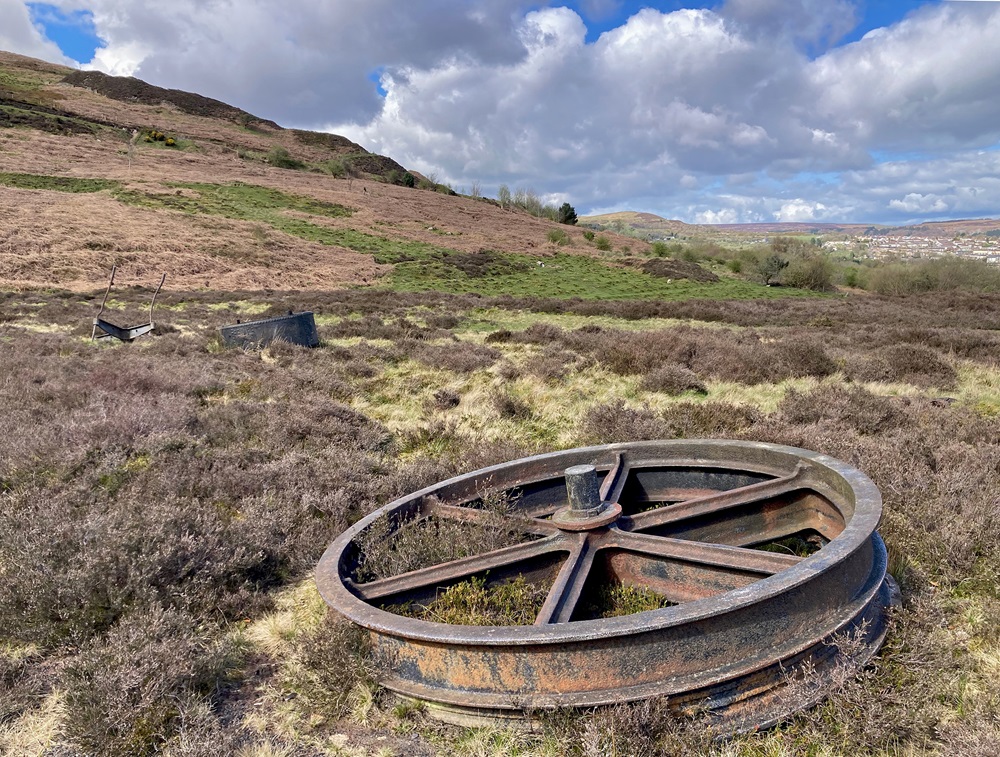
In a year long series Tom Maloney, from Abersychan, shows how you can love a place so well it becomes a part of you.
Scattered History
I so enjoy the freedom of exploring the Abersychan landscape and I have yet to find a place that does not interest me in some way.
What makes a place interesting can vary so much, but on a personal level I find myself increasingly drawn by the abundant historical and natural heritage, sometimes it seems to be literally scattered in front of your eyes.
One such place is the site of Cwmbyrgwm Water Balance Colliery, which has intrigued me for many years now.
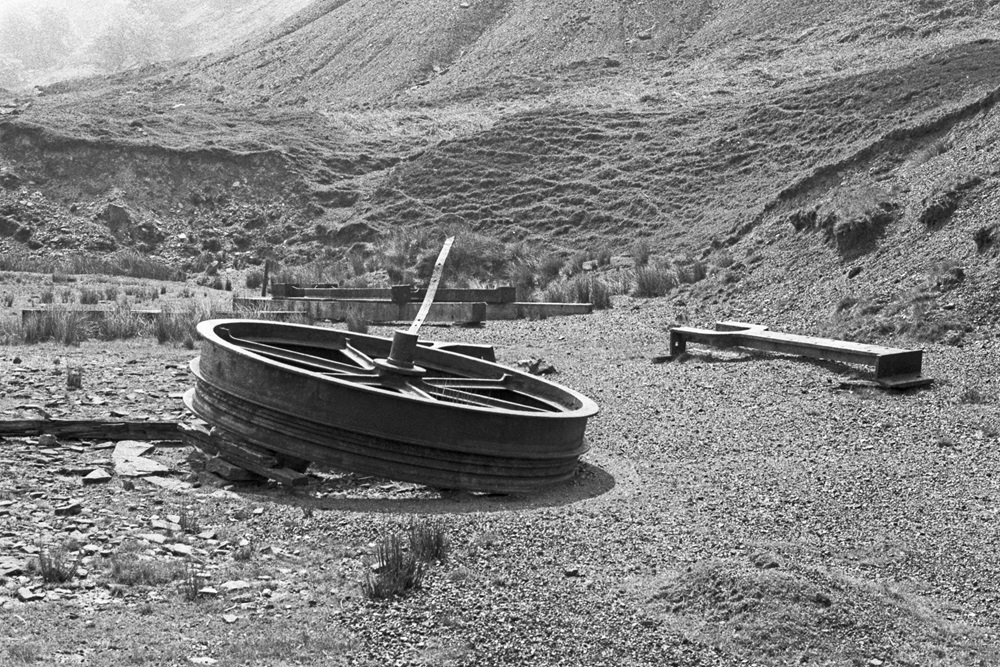
I first came across the scattered remains of the old colliery in the 1980s and took a black and white image of the site as it was then.
Looking at the photograph today, the area looked like a stony moonscape, a place where NASA would feel at home testing moon vehicles, but I had no idea what these metal relics of another age were then.
The landscape is so different today. Mother Nature has been doing her job of recovery. The coal tips and colliery spoil are still there of course, but there is greenness about the landscape now.
Parts of the old colliery are now obscured from view by wild grasses and heathers … and a tree, clothed in the sap green leaves of Spring now grows from the mouth of the old mineshaft.
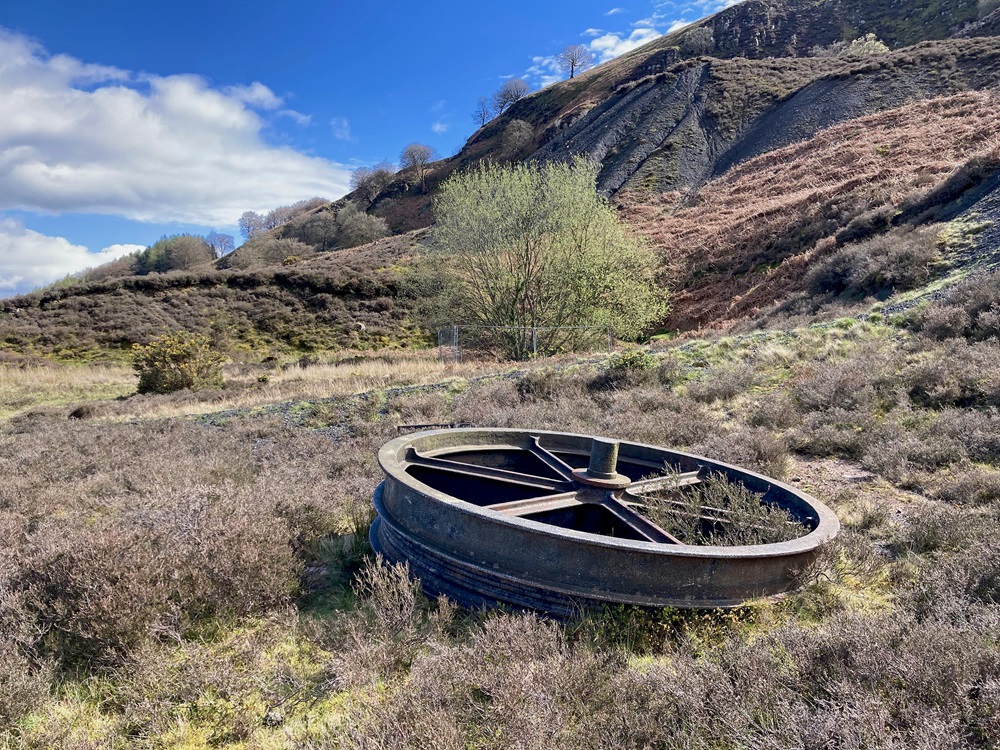
All of the redundant mechanics on show make perfect sense when you read a description given by a mining engineer at Cwm Bargoed Pit in 1882 quoted by ‘Welsh Coal Mines’ a superb web page dedicated to recording the mines of the Welsh coalfields
‘A heavy cast iron and wooden frame erected over the shaft supported a large grooved wheel to facilitate the movement of the winding chain, each end of which a cage was attached, at the bottom of each cage was water tank which could be quickly emptied and refilled.
The tank was filled at the surface until its weight was sufficient to raise the cage from the bottom.’

According to the website this is a method of winding that is peculiar to South Wales and dates the original construction at Cwmbyrgwm to the 1840s for the mining of ironstone, quite probably to meet the needs of the British Ironworks at Abersychan.
Sadly, as with so many collieries throughout South Wales it was not without tragic loss of life and given the date of construction may well have seen the employment of children underground.
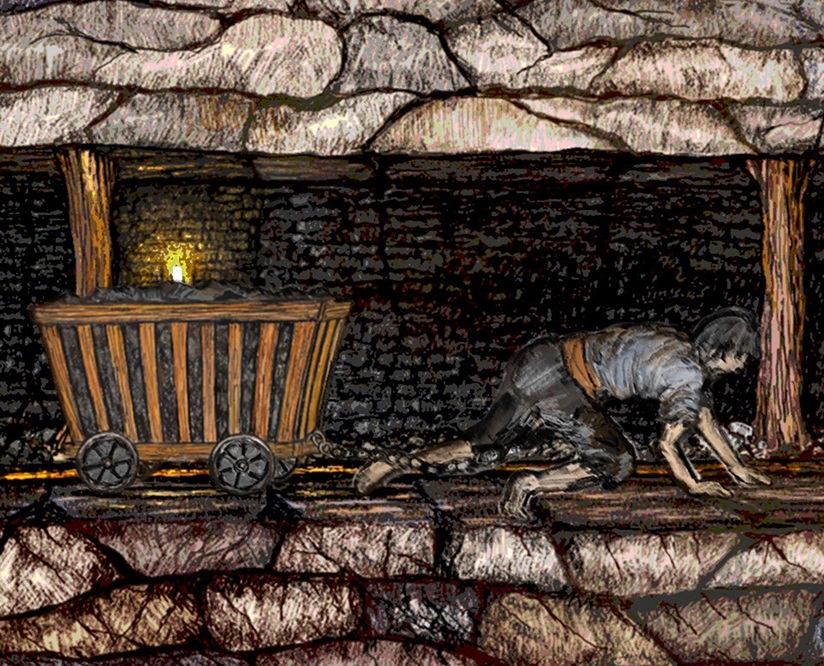
I was delighted to learn that an intact and well conserved example of this type of winding gear was on display near the pithead baths at Big Pit National Mining Museum.
Seeing the Brynpwllog Water Balance Headgear, originally from Rhymney, at first hand gave me a fuller appreciation of how the Cwmbyrgwm Colliery may have once looked and I think a greater appreciation of the dangers faced by working people, as it does not look like a very safe way to descend to pit bottom.
It feels a shame that the remains at Cwmbyrgwm have been forgotten for many years, but there is some comfort in knowing that at least one example of its kind has been preserved for posterity.
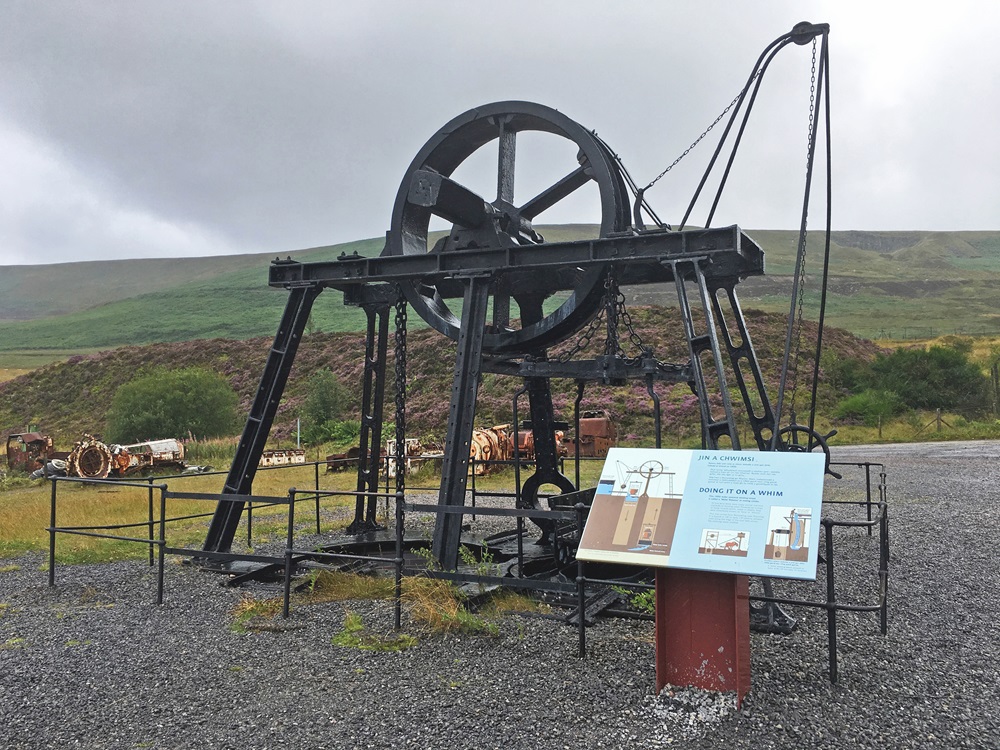
At a time when there is talk of cutting funds to the National Museums and the possible closure of the National Museum in Cardiff it is important that the decision makers weigh up the many positives that these services provide.
On one level they are of course attractions and bring in so many visitors to Wales fulfilling a crucial role for tourism, but they are also the keepers of our identity, perhaps even of our soul, they tell our story and they inspire future generations.
I will never forget my first visit to the National Museum in Cardiff as a young child.
Stepping through the great doors was like stepping into another dimension, to a world beyond my ordinary experience.
In a small, but important way for me it was something of a Howard Carter moment. I was full of awe and wonder at the many wonderful things that I could see and I remember not really wanting to leave.
Read the earlier installments of Y Filltir Sgwâr/The Square Mile by Tom Maloney
Support our Nation today
For the price of a cup of coffee a month you can help us create an independent, not-for-profit, national news service for the people of Wales, by the people of Wales.





Gwych
Diolch yn fawr iawn